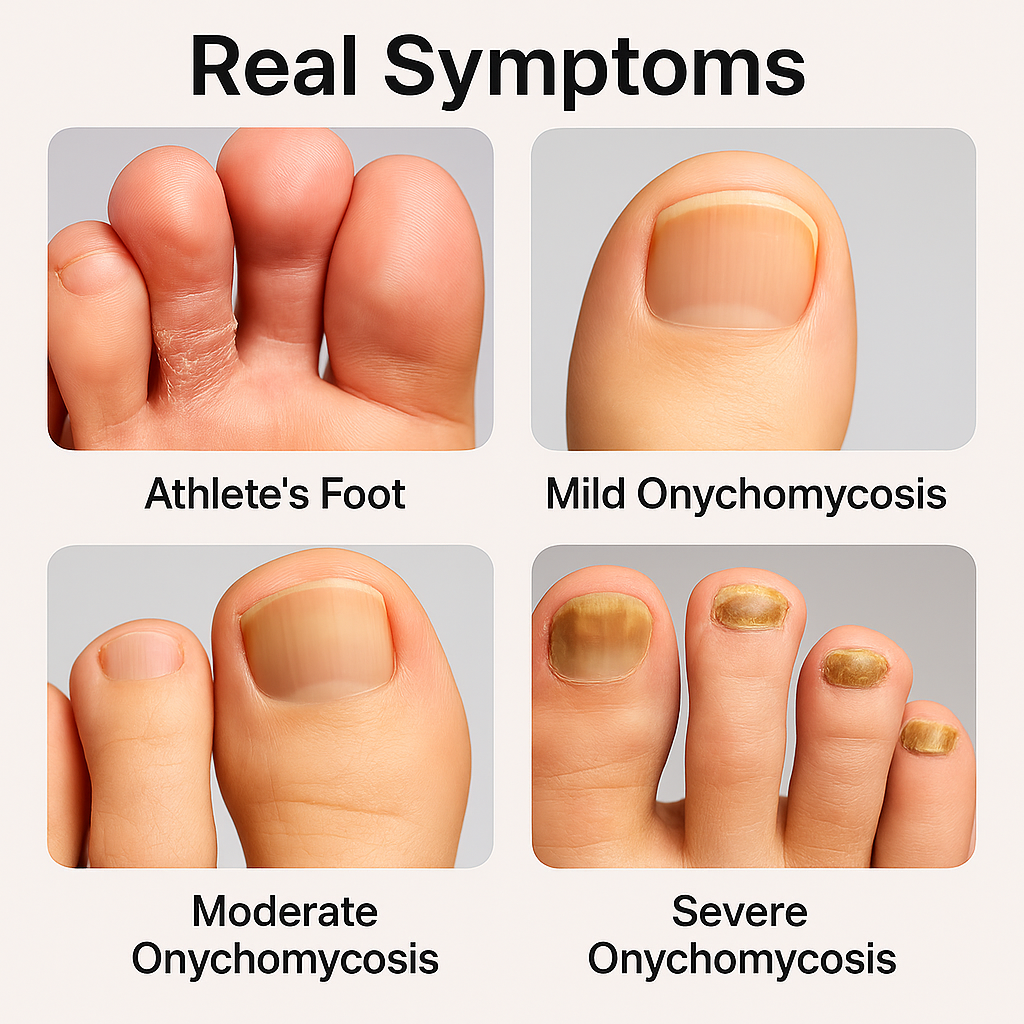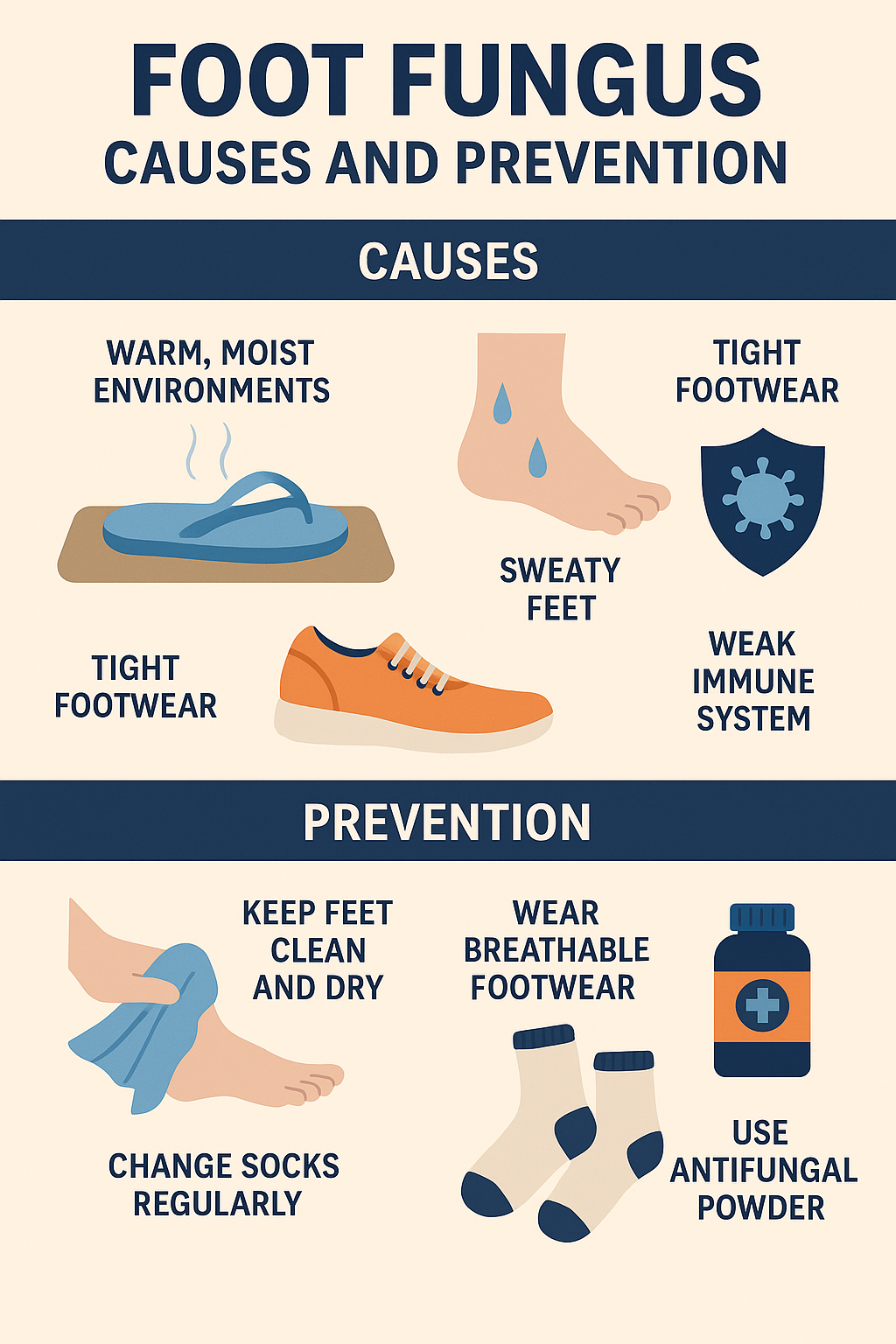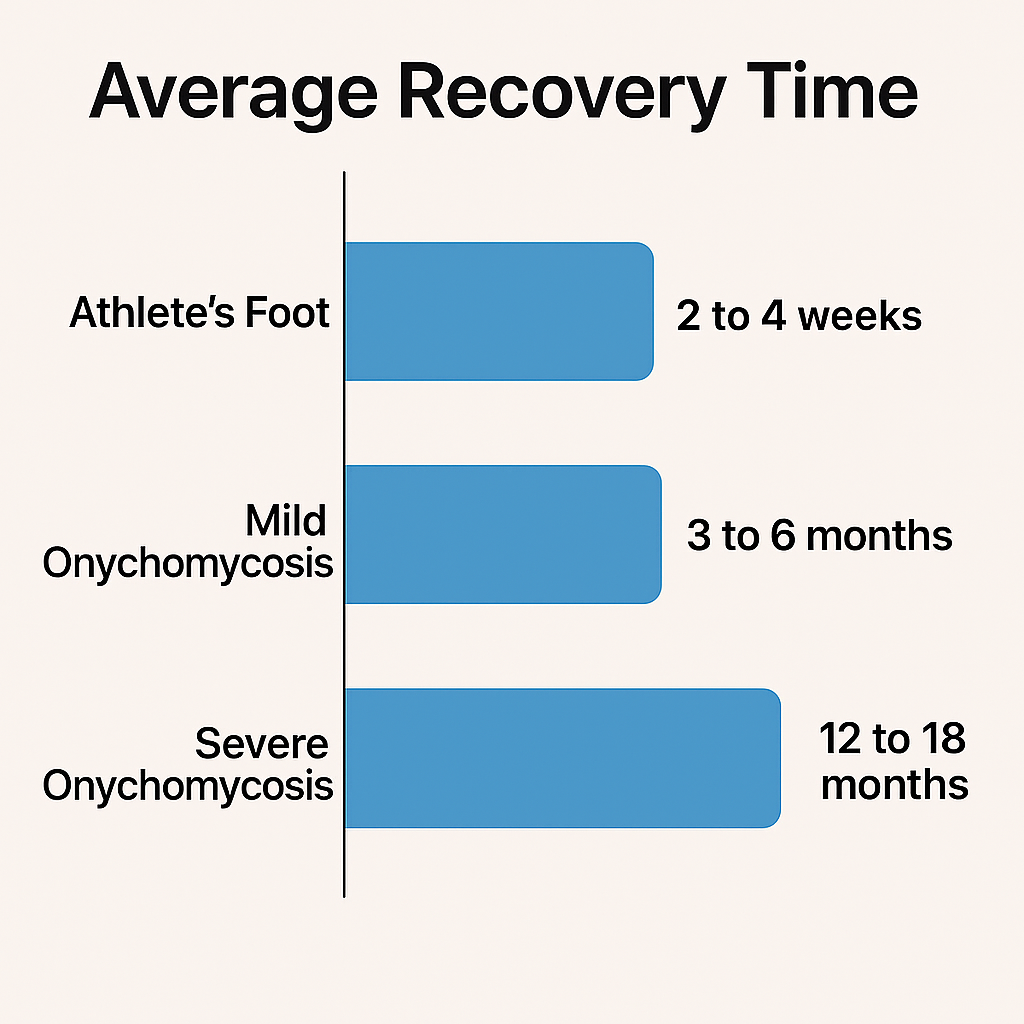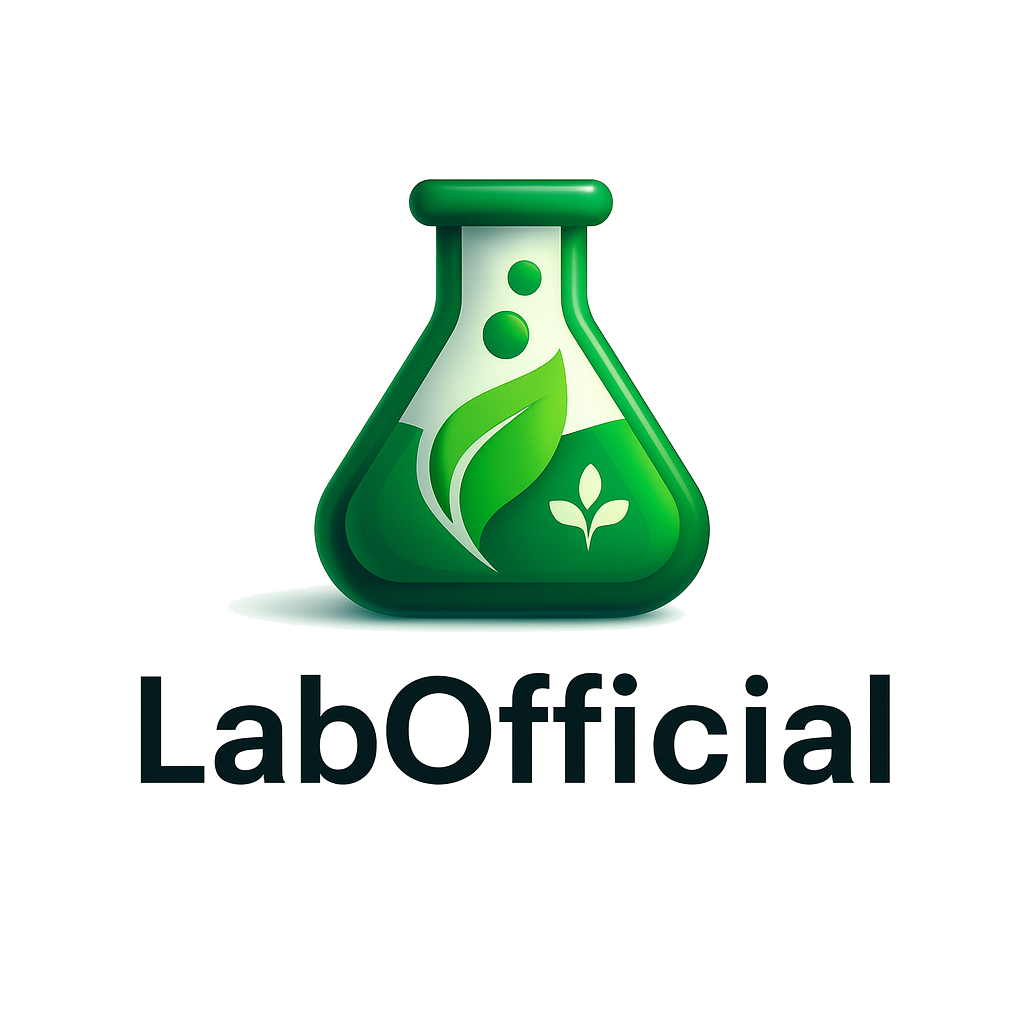🦶 Complete Guide: Foot and Toenail Fungus – Causes, Symptoms, Prevention & Natural Treatment
By Wagner F., Independent Health Researcher
Reviewed by Liliane C., Podiatrist with over 15 years of experience in treating fungal infections
Understanding Foot and Nail Fungus: What Is It?
Foot and toenail fungus, scientifically known as **tinea pedis** (for the skin) and **onychomycosis** (for the nails), are common infections caused by microscopic organisms like dermatophytes, yeasts, or molds. These fungi thrive by feeding on **keratin** – a protein abundantly found in your skin, nails, and hair.
While often appearing as a minor nuisance, these infections are highly contagious and, if left untreated, can spread rapidly across your feet and even to other parts of your body. They can also lead to progressive damage, discomfort, and impact your confidence. This comprehensive guide will walk you through everything you need to know to effectively prevent, identify, and manage these persistent infections naturally.
- Athlete’s Foot (Tinea Pedis) – Affects the skin, often between the toes, on the soles, or sides of the feet.
- Onychomycosis (Toenail Fungus) – Primarily affects toenails, leading to discoloration, thickening, and brittleness.
Key Symptoms: How to Spot Fungal Infections
Recognizing the signs early is crucial for effective treatment. Here’s what to look out for:
🦶 Athlete’s Foot (Tinea Pedis) Symptoms:
- Intense **itching**, especially between the toes (often the 3rd and 4th toes).
- **Peeling or scaling skin**, which may appear dry or flaky.
- **Redness and inflammation**, sometimes accompanied by cracks or fissures in the skin.
- A persistent, unpleasant **bad odor** emanating from the feet.
- A **burning sensation** or stinging, particularly when walking or wearing shoes.
- In some cases, **blisters** may form, which can rupture and cause oozing.
💅 Onychomycosis (Toenail Fungus) Symptoms:
- **Discoloration of the nail:** often yellow, brownish, greenish, or even black.
- **Thickened nail plate**, making it difficult to trim.
- **Fragile or brittle nails** that may crumble at the edges.
- **Debris buildup** underneath the nail, often a powdery or cheesy substance.
- A foul or musty **smell** originating from the infected nail.
- Progressive **nail deformity**, where the nail may lift from the nail bed or change shape.
💡 Expert Tip: Observing your feet regularly for these signs can lead to early identification and quicker treatment. Real images, like the one below, are invaluable for this.

What Causes Foot and Nail Fungus: Understanding Risk Factors
Fungal infections thrive in specific conditions, making certain individuals more susceptible. Understanding these factors is key to prevention:
- Warm, Moist Environments: Fungi flourish in damp, dark, and poorly ventilated areas. This includes wearing closed shoes for extended periods, sweaty socks, and public places like gyms, swimming pools, and saunas.
- Poor Hygiene Practices: Not drying feet thoroughly after washing, especially between the toes, can create an ideal breeding ground. Reusing damp towels and sharing personal grooming tools (like clippers) are also significant risk factors.
- Compromised Immunity: Individuals with weakened immune systems due to conditions like diabetes, HIV, or those undergoing chemotherapy are more prone to infections. Elderly individuals or those with poor circulation also face increased risk.
- Nail Trauma or Injury: Any damage to the nail, such as from tight-fitting shoes, repeated impact during sports, or improper cuticle cutting, can create entry points for fungi.

Effective Strategies: How to Prevent Fungal Infections
Preventing fungal infections is often simpler than treating them. Incorporate these habits into your daily routine:
- **Wash your feet daily** with a mild, neutral soap.
- **Dry your feet thoroughly**, paying special attention to the areas between the toes, using a clean towel.
- Apply **antifungal powder or talc** to your feet and inside your shoes, especially on hot or humid days, or if your feet tend to sweat excessively.
- **Rotate your shoes daily**, allowing them to air out and dry completely for at least 24 hours before wearing them again.
- Opt for **socks made from natural, breathable materials** like cotton, wool, or bamboo, which wick away moisture better than synthetic fabrics.
- **Avoid removing your cuticles** or over-filing your nails, as this can create entry points for fungi.
- Always **wear flip-flops or shower sandals** in public showers, locker rooms, swimming pools, and saunas to avoid direct contact with contaminated surfaces.
- Regularly **clean and disinfect** your nail clippers, files, and other foot care tools.
Diagnosis of Foot and Nail Fungus: What to Expect
A proper diagnosis is key to effective treatment. While many cases are identified through a simple clinical evaluation by a podiatrist or dermatologist, more persistent or unusual cases may require laboratory tests:
- **Clinical Evaluation:** A healthcare professional will examine your feet and nails for characteristic signs of infection.
- **Fungal Culture:** A small scraping of the infected nail or skin may be taken and sent to a lab to identify the specific type of fungus. This helps in tailoring the most effective treatment.
- **Microscopic Examination (KOH Prep):** A sample can be quickly examined under a microscope to detect fungal elements.
- **Nail Biopsy:** In rare, complex cases, a small piece of the nail may be removed for a biopsy to rule out other conditions.
Navigating Treatment Options for Fungal Infections
Treatment approaches vary depending on the severity and type of infection. It's crucial to consult a healthcare professional for personalized advice, as each method has its considerations:
1. Topical Treatments:
These include antifungal creams, lotions, gels, sprays, or medicated nail polishes applied directly to the affected area. They are generally effective for early or mild cases of Athlete's Foot and some superficial nail infections. Consistency is key for success.
2. Oral Treatments (Systemic Antifungals):
For more advanced or persistent cases of onychomycosis or widespread Athlete's Foot, oral systemic antifungals like Terbinafine or Itraconazole may be prescribed. While highly effective, these medications require a prescription and may cause side effects, including potential liver issues, necessitating regular monitoring by a doctor.
3. Natural Alternatives and Complementary Approaches:
Many individuals seek natural remedies as a first line of defense or as a complement to conventional treatments. These can include:
- Tea Tree Oil: Known for its potent antiseptic and antifungal properties.
- Apple Cider Vinegar: Its acidic nature can help create an environment less favorable for fungal growth.
- Baking Soda: Can help absorb moisture and has some antifungal properties.
- Natural Antifungal Supplements: Formulations containing ingredients like garlic extract, oregano oil, or probiotics can offer internal support, bolstering the body's natural defenses against fungal overgrowth.
⚠️ Important Note: Always consult a qualified health professional (like a podiatrist or doctor) before starting any new oral treatment, or if you plan to use natural remedies as a primary solution, especially for persistent or severe infections. Self-diagnosis and treatment can sometimes lead to delays in effective care.
Enhancing Recovery: The Power of Natural Internal Support
While external treatments are vital, combining them with internal nutritional support can significantly accelerate results, strengthen your body's natural defenses, and help prevent recurrence. Certain natural ingredients are celebrated for their potent antifungal and immune-boosting properties:
- Garlic Extract (Allicin): Allicin, the active compound in garlic, is widely recognized for its broad-spectrum antimicrobial properties, including significant antifungal action.
- Oregano Oil (Carvacrol and Thymol): Highly concentrated oregano oil is a powerhouse of potent antifungal and antibacterial compounds.
- Probiotics: A healthy gut microbiome, supported by probiotics, plays a critical role in overall immune health, which is essential for combating fungal infections from within.
- Vitamins C and E: These powerful antioxidants support immune function and promote skin and nail health, aiding in regeneration and recovery from fungal damage.
- Caprylic Acid: A medium-chain fatty acid found in coconut oil, known for its antifungal properties, particularly against yeasts.
- Pau d'Arco: Derived from the inner bark of a South American tree, it contains compounds like lapachol and naphthoquinones, which have demonstrated antifungal effects.
By incorporating these natural elements, you're not just treating the symptoms; you're nurturing your body's ability to fight off the infection and recover faster.

🔗 Ready for Faster, More Effective Recovery?
While prevention and traditional treatments are vital, advanced natural supplements can significantly accelerate your journey to healthy, fungus-free feet. We've meticulously researched and curated a selection of the **top 5 most effective natural antifungal supplements** that truly deliver results.
Our selection is based on rigorous criteria, including:
- User-Proven Results: Tested and validated by real individuals.
- Safe, Natural Ingredients: Formulated with high-quality, scientifically-backed components.
- Supports Regeneration: Actively aids in the healthy growth of nails and skin.
- Excellent Value: Offering the best balance of efficacy and affordability.
👉 View the Top 3 Natural Supplements for Fungus-Free Feet Now!
Conclusion: Take Control of Your Foot Health
Foot and toenail fungus is more common than many realize and can significantly impact confidence and overall quality of life. The good news is that with the right knowledge, consistent prevention strategies, and targeted treatment approaches, you can effectively eliminate the infection and dramatically reduce the chances of it returning.
Don't let fungal infections hold you back. Take your foot health seriously – explore both conventional and powerful natural options to speed up your recovery and reclaim comfort and confidence.
By: Wagner F.
Independent Health Researcher and Supplement Analyst at LabOfficial.shop
👩⚕️ Medically Reviewed by:
Liliane C.
Clinical Podiatrist with over 15 years of experience in treating athlete’s foot and onychomycosi.
❓ Frequently Asked Questions (FAQ)
1. What’s the difference between Athlete’s Foot and Toenail Fungus?
Athlete’s Foot affects the skin—especially between the toes—causing redness, peeling, and itching. Toenail fungus (onychomycosis), on the other hand, affects the nail plate, leading to discoloration, thickening, and brittleness.
2. Is toenail fungus contagious?
Yes, toenail fungus is highly contagious and can spread through shared surfaces like floors, showers, towels, or nail tools. That’s why hygiene and prevention are so important.
3. Can I treat foot fungus naturally?
Yes. Natural remedies like tea tree oil, garlic extract, oregano oil, and probiotics can support treatment. They’re often combined with topical or oral antifungals for enhanced effectiveness.
4. How long does it take to get rid of toenail fungus?
Mild cases can take 3–6 months. Severe infections may take 12–18 months for complete regrowth of a healthy nail. Consistency and proper treatment are key.
5. Will the infection come back after treatment?
It can, especially if you don’t address the root causes. Preventive measures and internal immune support (via diet or supplements) help reduce recurrence.
6. When should I see a doctor?
If the infection is persistent, painful, spreading, or affecting your mobility, consult a podiatrist or dermatologist. Severe cases may require prescription medication and lab testing.

Wagner P
Natural Health Researcher & Founder of LabOfficial
Wagner is dedicated to researching and testing safe, natural solutions for everyday health problems. Through LabOfficial, he shares effective home remedies and recommends science-backed supplements that simplify healing and restore well-being without side effects.
Disclaimer: The information contained in this article is for educational and informational purposes only. It is not a substitute for professional medical advice, diagnosis, or treatment. Always seek the advice of a qualified health professional before starting any new diet, exercise program, or supplementation.

🔎 Medical & Health Disclaimer: This article is provided for informational and educational purposes only. It is not intended to be a substitute for professional medical advice, diagnosis, or treatment. Always consult a qualified healthcare provider before starting any new supplement or treatment, especially if you have a chronic health condition, are pregnant, nursing, or taking medication.
🔗 Affiliate Disclaimer: Some links on this page may be affiliate links. This means if you click and make a purchase, we may earn a small commission **at no extra cost to you**. This helps support our independent research and allows us to continue providing valuable content and recommending natural health solutions.
This page may direct you to a carefully curated list of top-rated natural supplements for foot and nail fungus. We are committed to recommending only products with verifiable user results, transparent formulations, and a strong safety profile.